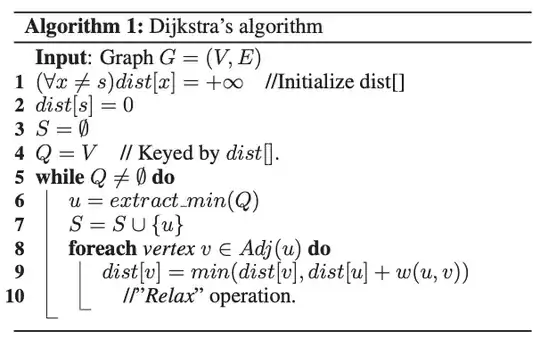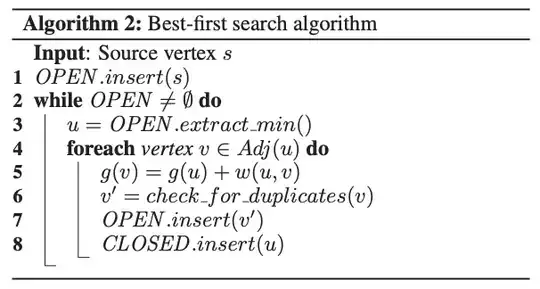Every computer science student (including myself, when I was doing my bachelor's in CS) probably encountered the famous single-source shortest path Dijkstra's algorithm (DA). If you also took an introductory course on artificial intelligence (as I did a few years ago, during my bachelor's), you should have also encountered some search algorithms, in particular, the uniform-cost search (UCS).
A few articles on the web (such as the Wikipedia article on DA) say that DA (or a variant of it) is equivalent to the UCS. The famous Norvig and Russell's book Artificial Intelligence: A Modern Approach (3rd edition) even states
The two-point shortest-path algorithm of Dijkstra (1959) is the origin of uniform-cost search. These works also introduced the idea of explored and frontier sets (closed and open lists).
How exactly is DA equivalent to UCS?

